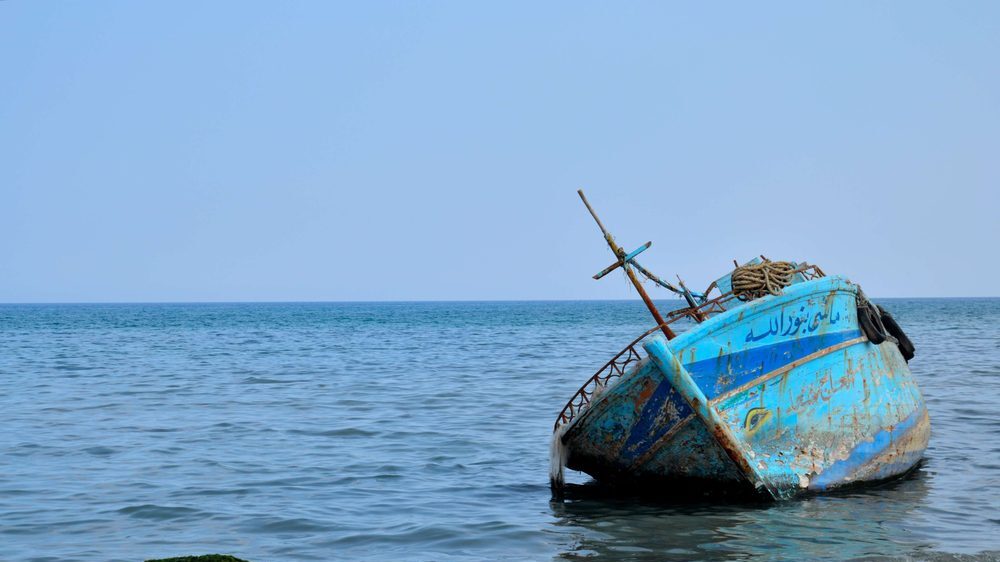
The number of deaths of migrants crossing the Mediterranean Sea this year is close to surpassing the total number recorded last year and could approach the more than 3,000 deaths of 2017.
According to statistics from the United Nations refugee agency UNHCR, the number of dead and missing people reported in the Mediterranean as of the 15th of August, 2023, stands at 2,175—a huge surge compared to the same period in 2022 when 1,368 were counted as missing and dead.
In 2022, the deadliest month for migrants was March, when 270 deaths were reported at sea. So far this year, two months have far surpassed those tragic numbers, as 524 people were reported as missing or dead in April and 787 in June.
The increase in deaths coincides with the surge of illegal boat arrivals in the central Mediterranean. For this year, the UNHCR reports that as of August 13th, 96,791 people have landed in Italy, compared to 105,131 for the entire year of 2022, which was the first year that the 100,000 mark was exceeded since 2017.
The Central Mediterranean migrant route is known as one of the most treacherous to Europe and has seen some of the worst shipwrecks in terms of losses of life. One shipwreck off the Italian island of Lampedusa in 2013 claimed the lives of at least 360 people, though some estimated the figure may have been higher.
The European Union border agency, Frontex, has noted that the Central Mediterranean route now makes up more than half of all the illegal arrivals into the EU.
“Increased migratory pressure on this route may persist in the coming months with smugglers offering lower prices for migrants departing from Libya and Tunisia amid fierce competition among the criminal groups,” Frontex said in a report released earlier this month and noted that the majority of those dead or missing this year have used the Central Mediterranean route.
While the overall rise in numbers likely accounts for the increased number of missing and dead, people smugglers’ actions also play a large part in the number of drownings that occur at sea.
Earlier this year a migrant boat originally headed for Italy was shipwrecked off the coast of Greece after being crammed with as many as 700 to 750 people, according to some reports.
While only around 80 people were confirmed to have died as a result of the shipwreck, some estimate that over 500 people remain missing and are feared dead, making the incident potentially one of the worst shipwrecks in the Mediterranean ever.
The smugglers behind the voyage are said to have been linked to a Libyan commander, Khalifa Haftar. Some reports suggested that one of the main facilitators of the trip was part of a special forces unit operating under Haftar’s command.
Smugglers are often linked to local warlords in North Africa, such as the Libyan Ahmed Dabaschi, better known as “al Ammu” or “the uncle.”
Al Ammu was said to have been behind illegal boat migrants in Libya until 2017 after a claim that Libyan authorities were paying him and his men to prevent migrant crossings. Some even claimed that the Italian government at the time was also involved in paying Al Ammu.
If true, the alleged payments did reduce the number of departures in 2018 and 2019, which sank to 23,370 and 11,471 respectively. Tough Italian policies under former Interior Minister Matteo Salvini were also credited with lowering both arrival numbers and deaths in the Mediterranean Sea.
Salvini, who now serves as Italian deputy prime minister and minister for infrastructure, has been relatively quiet regarding any criticism of Prime Minister Giorgia Meloni’s handling of the ongoing migrant crisis, something she promised to tackle before her election last year.
Meloni proposed radical solutions to stop arrivals and deaths, including a naval blockade of the Mediterranean, but has so far only managed to negotiate deals with Tunisia and push for more European Union involvement on the issue.
